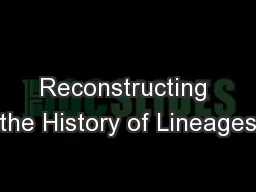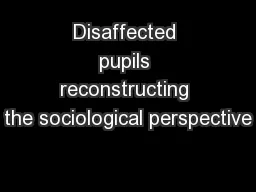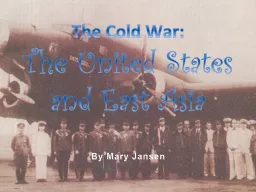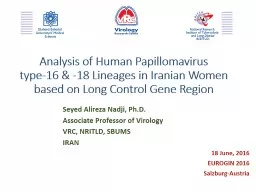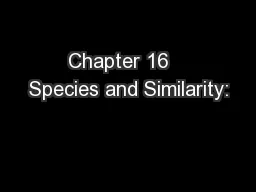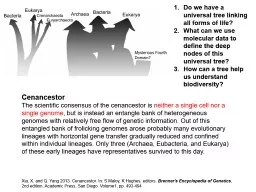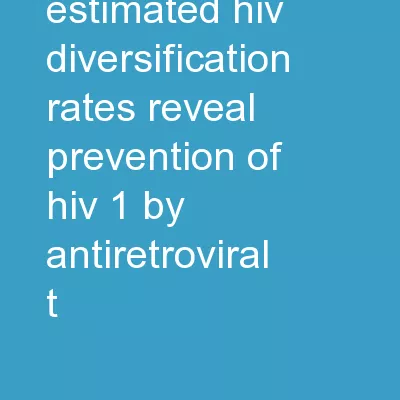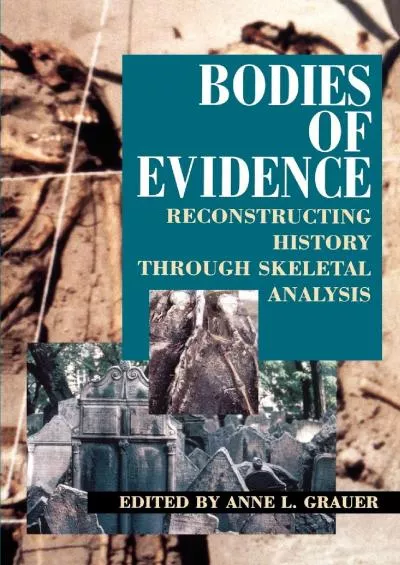PPT-Reconstructing the History of Lineages
Author : tawny-fly | Published Date : 2015-10-18
Chapter 11 Tereza Jezkova School of Life Sciences University of Nevada Las Vegas March 2011 study of evolutionary relatedness among organisms through molecular data
Presentation Embed Code
Download Presentation
Download Presentation The PPT/PDF document "Reconstructing the History of Lineages" is the property of its rightful owner. Permission is granted to download and print the materials on this website for personal, non-commercial use only, and to display it on your personal computer provided you do not modify the materials and that you retain all copyright notices contained in the materials. By downloading content from our website, you accept the terms of this agreement.
Reconstructing the History of Lineages: Transcript
Download Rules Of Document
"Reconstructing the History of Lineages"The content belongs to its owner. You may download and print it for personal use, without modification, and keep all copyright notices. By downloading, you agree to these terms.
Related Documents

